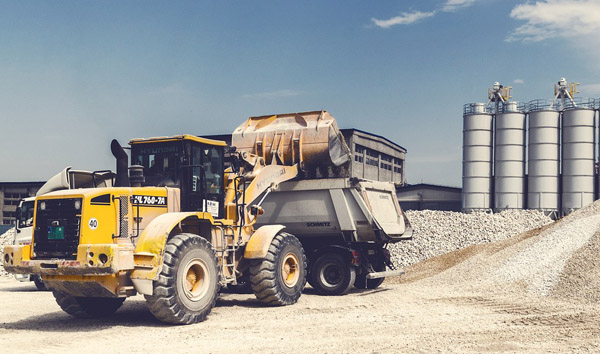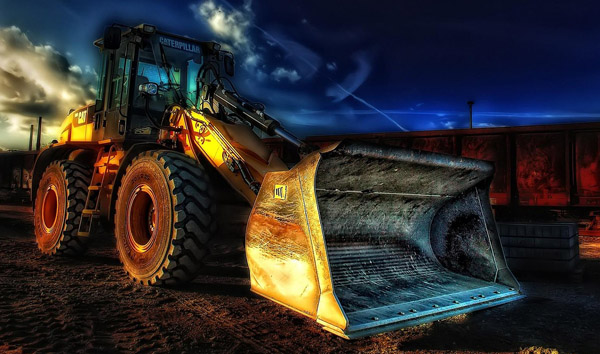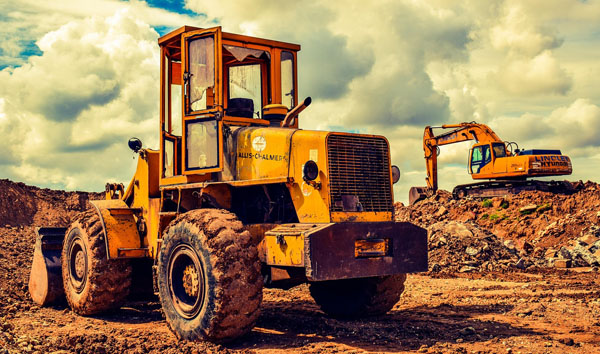The Impact of Lifting Height on Rough Terrain Forklift Performance
2025-07-25 04:30:24
Rough Terrain Forklifts are essential for material handling in construction, agriculture, and other industries where uneven surfaces are common. One critical factor influencing their performance is lifting height, which determines how high loads can be safely elevated. Studies show that rough terrain forklifts with optimized lifting heights can improve productivity by up to 20% in demanding conditions.
The lifting height of a rough terrain forklift directly impacts stability, especially on uneven ground. Manufacturers recommend adhering to strict load charts, as exceeding the rated lifting height can lead to tip-over accidents. Data from OSHA indicates that improper lifting height adjustments contribute to nearly 15% of forklift-related incidents in outdoor settings.
Advanced hydraulic systems in modern rough terrain forklifts allow for precise lifting height control, ensuring smooth operation even at maximum elevation. For example, models with telescopic booms can achieve lifting heights of up to 30 feet while maintaining stability. Industry reports highlight that such innovations reduce downtime by minimizing load sway during high lifts.
Operators must consider ground conditions when determining safe lifting heights for rough terrain forklifts. Soft or sloped surfaces can reduce stability margins, requiring lower lift heights than those specified for flat terrain. Research from the National Institute for Occupational Safety and Health (NIOSH) emphasizes the need for site-specific risk assessments before high-lift operations.
Future advancements in rough terrain forklift design aim to enhance lifting height capabilities without compromising safety. Emerging technologies, such as AI-assisted load monitoring, could dynamically adjust lifting height based on real-time terrain feedback. Industry forecasts predict a 12% annual growth in demand for high-lift rough terrain forklifts, driven by infrastructure projects worldwide.













